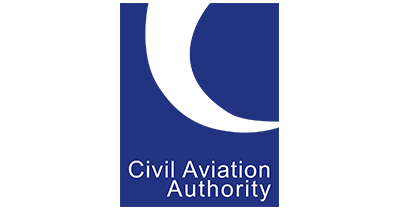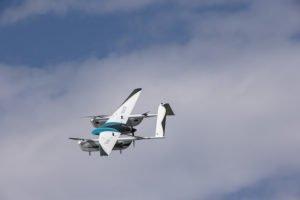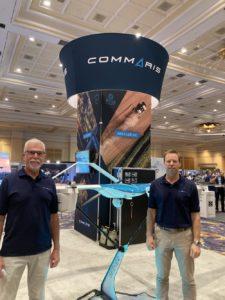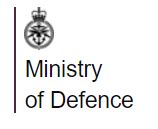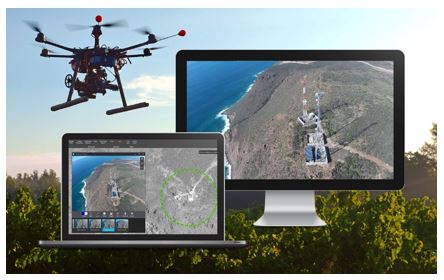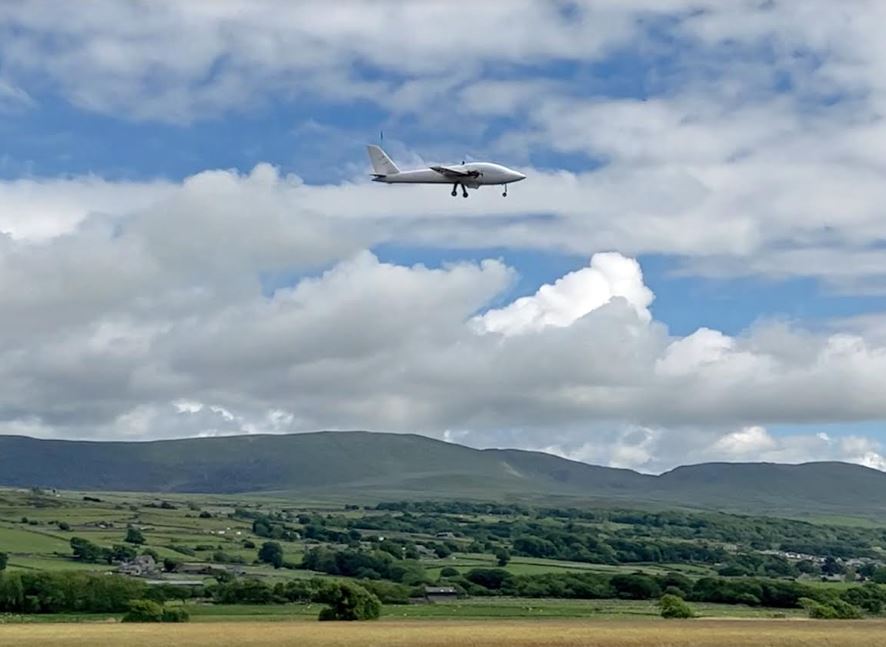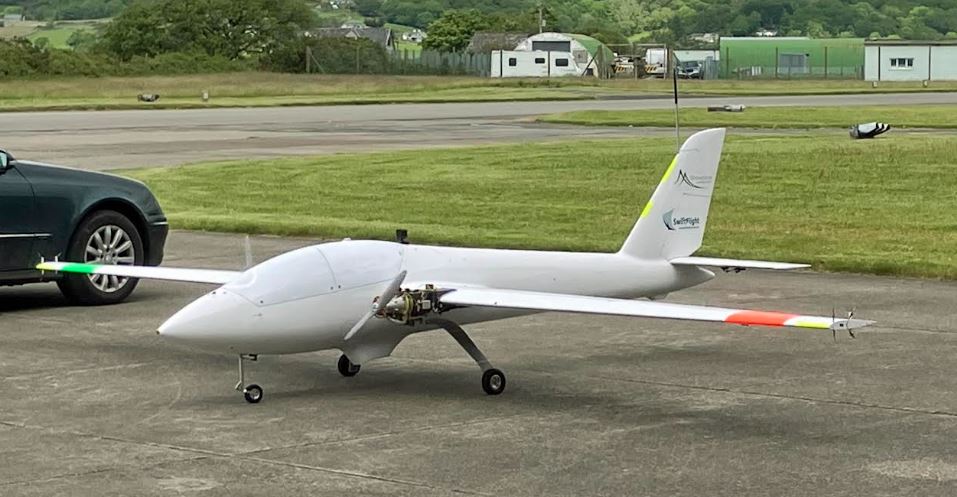The UK Civil Aviation Authority (CAA) has today confirmed it will put in place the certification standards also used by the European Aviation Safety Agency (EASA), known as Special Conditions (SC)-VTOL, as the basis for UK certification for new electric vertical take-off and landing (eVTOL) aircraft.
Special Conditions allow manufactures and the CAA to develop safety requirements as these new technologies come to market and provide the basis for approval.
The safety levels established under SC.VTOL provide stringent levels of protection for the UK consumer, both in the air and on the ground.
In implementing these new standards, the CAA will continue to proactively engage and collaborate with other global national aviation authorities, such as the US Federal Aviation Administration, to share approaches, lessons learned and safety insights.
Harmonising safety standards across nations and continents helps to maintain high levels of safety, as well as reducing industry costs and avoiding duplication of effort. By working together the UK industry has easier access to the wider global market.
Rob Bishton, CAAs Group Director for safety and airspace regulation, said:
“The decision to adopt SC-VTOL as our certification basis will support UK manufacturers and enable them to easily access the global market for eVTOL aircraft.
“We will continue to work with the industry to help promote and facilitate innovation throughout aviation.”
16 June 2022
Update
EASA publishes world’s first rules for operation of air taxis in cities – 30 June 2022
The European Union Aviation Safety Agency (EASA) published rules for the operation of air taxis in cities, the first comprehensive proposal for such regulations to be issued world-wide.

